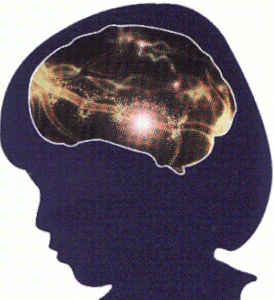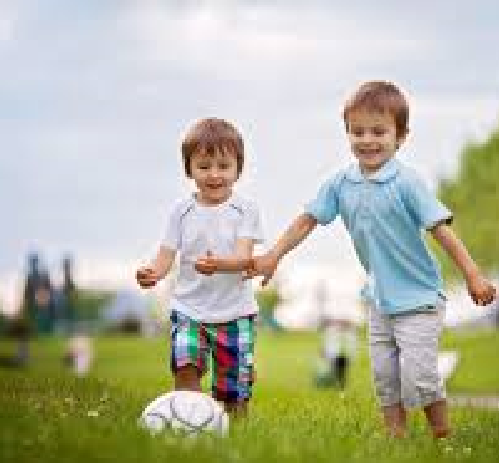- 30 years experience in the field of Special Education
How Do Children Think?
Health Benefits of Sleep for Teens and Children
April 8, 2016How Does the Teen Brain Work?
April 20, 2016 A child’s brain is very different than an adult’s, and is constantly changing. Studies have shown that the brain grows in spurts. The first occurs before a child is born, the second is between the ages of one and two, the third between the ages of two and four, the fourth between ages eight and nine, and the final spurt is in adolescence. This means that elementary school is a major time of growth and learning for a young child.
A child’s brain is very different than an adult’s, and is constantly changing. Studies have shown that the brain grows in spurts. The first occurs before a child is born, the second is between the ages of one and two, the third between the ages of two and four, the fourth between ages eight and nine, and the final spurt is in adolescence. This means that elementary school is a major time of growth and learning for a young child.
In an elementary-aged child, the brain is still rapidly learning, growing, and creating new interconnected pathways of neurons, which are essential to the transmission of information from one part of the brain to another. These interconnected pathways connect new learning to old learning and memories. At first, skills like math, handwriting, and reading take a lot of brainpower for a child, as these things are totally foreign and new. However, once a child learns a background on these things and has enough of a foundation to move forward, things will get easier. He or she will be able to process the information more quickly and it will become more habitual. The brain will not need to devote as much energy to processing this new information and this can open up brain function to new things, and more complex or specialized tasks. During elementary school years, a child learns motor, social, language, reasoning, and understanding skills. Their memory power is also enhanced.
However, children do not grow or progress at the same rate, and students do not process information at the same rate. Instruction cannot just be based on a child’s age or how old they appear to act. Also, processing and brain function level can vary in an individual student for different skills. For example, a child’s motor skills may be at a different place than their social skills. The same could be said for verbal and physical skills as well. Different events throughout childhood can also affect a child’s development, such as illnesses or traumatic family events.
Processing speed is the rate at which children take in information, make sense of it, and start to respond. But processing speed can vary greatly in children, even in children who are the same age. Kids take in and process information at different paces, but many classrooms move just at one pace, ignoring the fact that some children move faster than this and that others need more time for adequate learning. Processing speed can also affect focus. Kids who process things slower have a hard time focusing on something for long periods of time, which can mean that they will have a hard time finishing tests or homework, listening in class, following complex or multi-step instructions, and reading.
Top elementary school teachers recognize that instruction needs to match the maturity and processing speed of a child’s brain. If this does not happen for a child, it can lead to behavioral issues, a lack of confidence, or a lack of motivation. These top teachers, such as Shari Duddy, recognize that they need to take time to understand differences between students to match their instruction and assignment to that maturity level. They also recognize that processing speed can greatly impact learning, and know that there are a variety of ways to help students at lower maturity levels or those with slower processing speeds. Having these students sit at the front of a classroom, as well as providing more one-on-one help can be greatly beneficial. Also, adjusting the pace of their work and providing additional encouragement and understanding are also very important.
Another best-practice is providing a variety of learning experiences. All children are proven to learn best when exposed to a wide variety of different experiences, ideas, and materials. Kids need a diverse variety of these things to learn. The more interactive the experience, the better, especially for younger children. Many top teachers recognize that in order for a student to be full engaged with the material, it has to be interesting. This means that simply providing instruction straight out of a book will not yield the best results. Teachers that mix up the material and provide a variety of experiences often see the best results.

